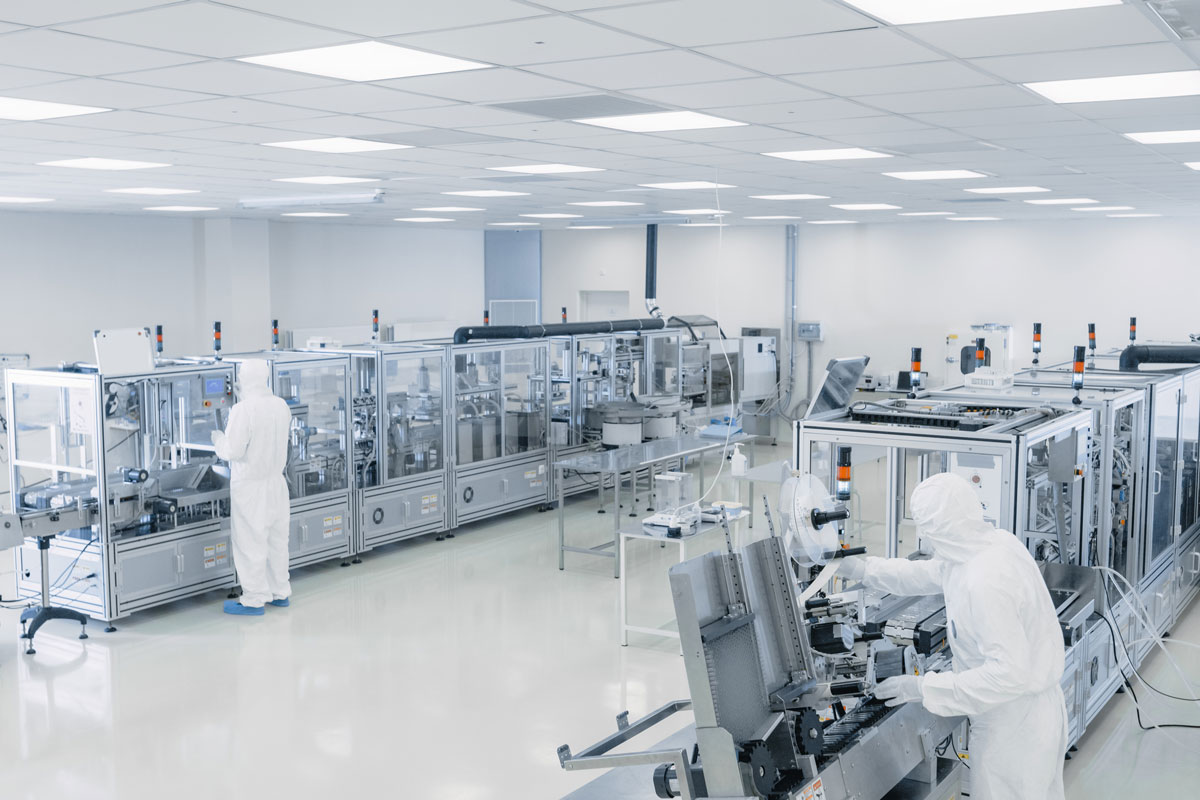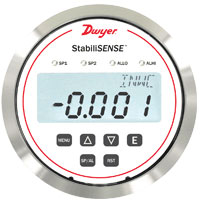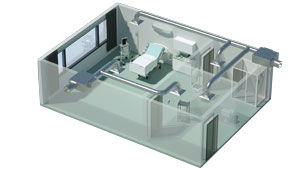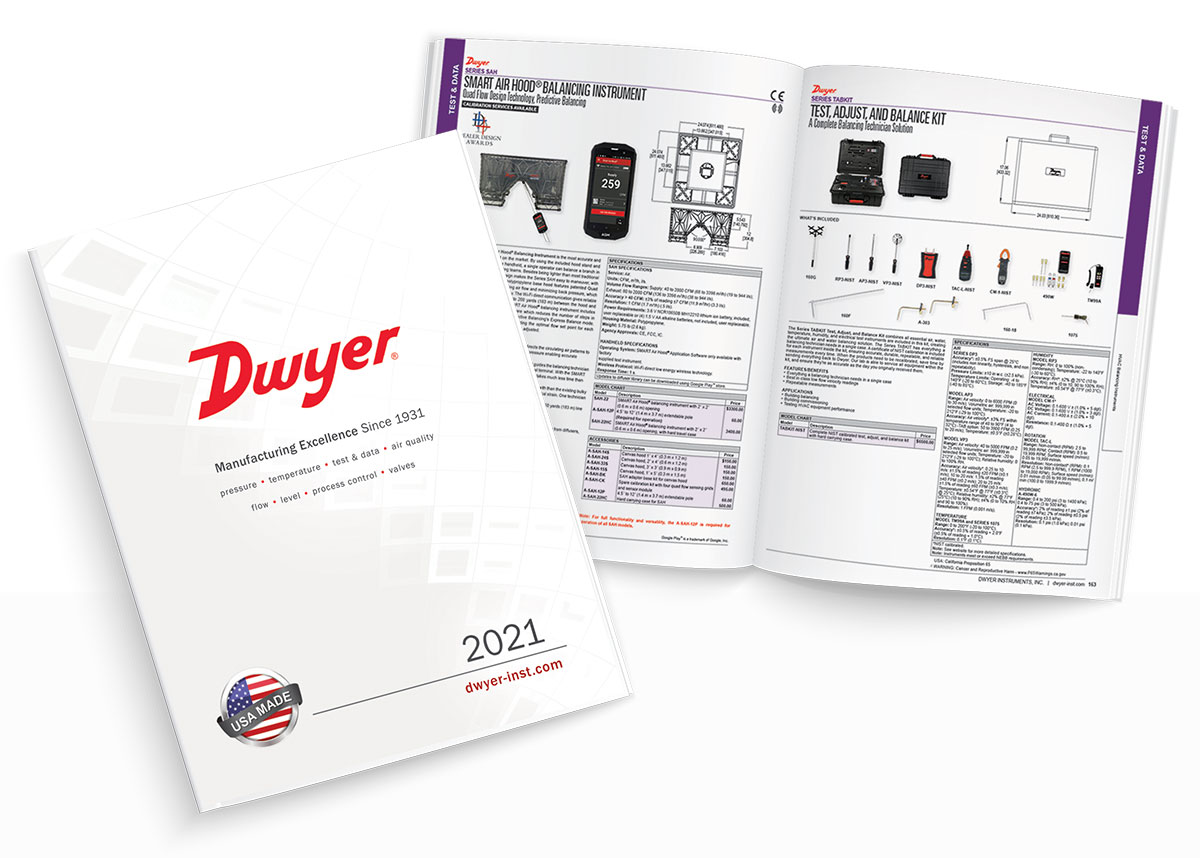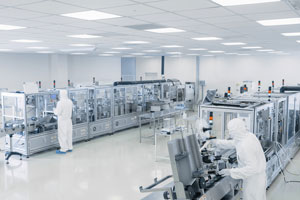 The Dwyer team recently released the Series MSX Pro Magnesense® Differential Pressure Transmitter, which meets stringent industry standards with innovative global product design. This series is ideal for monitoring building control applications, and also utilizes enhanced accuracy and stability for use in high performance, critical environments. Continue reading “Product Highlight: Series MSX Pro Magnesense® Differential Pressure Transmitter”
The Dwyer team recently released the Series MSX Pro Magnesense® Differential Pressure Transmitter, which meets stringent industry standards with innovative global product design. This series is ideal for monitoring building control applications, and also utilizes enhanced accuracy and stability for use in high performance, critical environments. Continue reading “Product Highlight: Series MSX Pro Magnesense® Differential Pressure Transmitter”
What are Room Pressure and Room Status Monitors?
Differential pressure between two rooms prevents dust, particulates, and pathogens from entering or exiting one room and going into the other. Depending on the relationship between rooms, one room will be under positive pressure when referenced against the other. This positive-negative pressure relationship between two spaces is the main idea behind clean rooms and isolation rooms. To ensure the differential pressure relationship is maintained, a measuring device must be used.
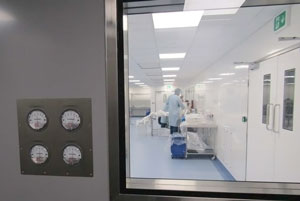
Room pressure monitors and room status monitors measure, display, and transmit the differential pressure reading between two rooms. In general, room pressure monitors only monitor differential pressure. On the other hand, room status monitors monitor differential pressure and additional parameters such as relative humidity, temperature, air change, or door status. They are both used in critical applications that require critical low differential pressure relationships. Continue reading “What are Room Pressure and Room Status Monitors?”
Importance of Sensor Stability in Healthcare Isolation Rooms

The purpose of a healthcare isolation room is to prevent patients with contagious illnesses from spreading to others or to keep immunocompromised patients safe from exposure to airborne pathogens. As such, there exist two types of isolation rooms, either positively or negatively pressurized.
Positive pressure isolation rooms are designed to keep pathogens and outside air from entering the room, i.e. air inside the room is forced outward and is typically used for immunocompromised patients. Like clean rooms, it is important to maintain proper positive pressure within the protective isolation room to keep the patients safe. Continue reading “Importance of Sensor Stability in Healthcare Isolation Rooms”
A Dwyer Guide to the Digital Catalog
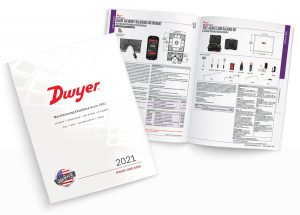 In this age of virtual meetings and online connections, to “Google” something has become synonymous with quickly looking up information. For some, bookshelves are more for decor than they are functional, and trends are leading to becoming more environmentally-friendly and saving paper. Print media is not necessarily “dead,” but it is becoming much less prevalent as we journey forward in this digital age.
In this age of virtual meetings and online connections, to “Google” something has become synonymous with quickly looking up information. For some, bookshelves are more for decor than they are functional, and trends are leading to becoming more environmentally-friendly and saving paper. Print media is not necessarily “dead,” but it is becoming much less prevalent as we journey forward in this digital age.
When speaking on digital resources, we have to take this chance to talk about some of the benefits that our digital catalog can offer. Available on both desktop (via our website) and mobile (via the app), the digital catalog allows you instantaneous access to application guides, selection guides, and product specifications. Continue reading “A Dwyer Guide to the Digital Catalog”
How is Stability Related to ASHRAE 62.1 Standards?
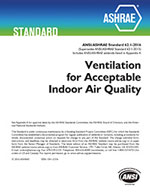 ASHRAE 62.1 Standard for Ventilation for Acceptable Indoor Air Quality provides recommendations for minimum ventilation rates and other parameters to ensure good indoor air quality (IAQ). Keeping the IAQ at a safe level will help to minimize any adverse health effects caused by air quality factors.
ASHRAE 62.1 Standard for Ventilation for Acceptable Indoor Air Quality provides recommendations for minimum ventilation rates and other parameters to ensure good indoor air quality (IAQ). Keeping the IAQ at a safe level will help to minimize any adverse health effects caused by air quality factors.
The 62.1 standard is intended for both new building and building addition projects. It can also be used as a guide for the improvement of IAQ in existing buildings.
In order to properly conform to the ASHRAE 62.1 standard, it is necessary for sensors to be both stable and accurate. Continue reading “How is Stability Related to ASHRAE 62.1 Standards?”

